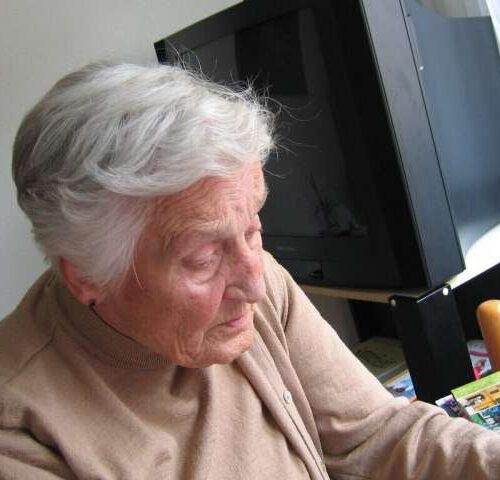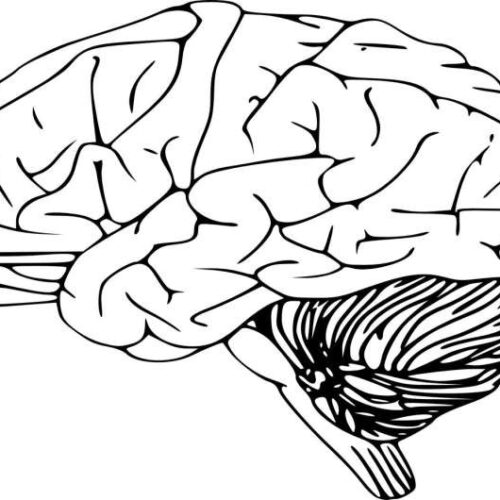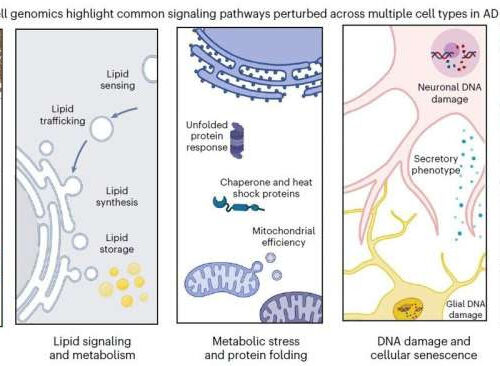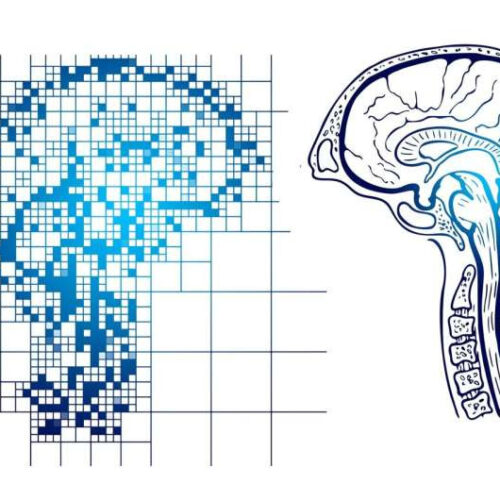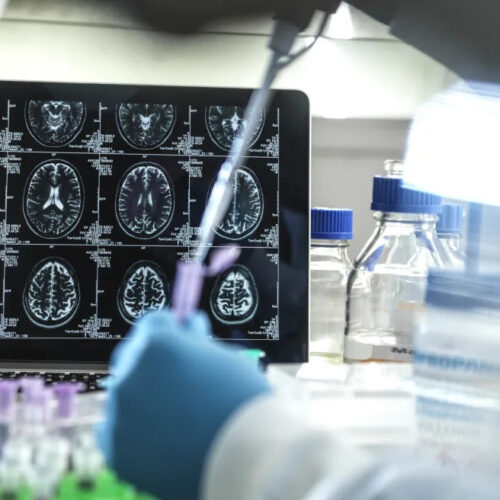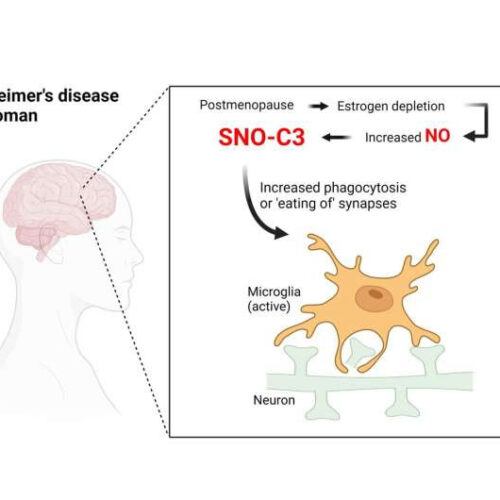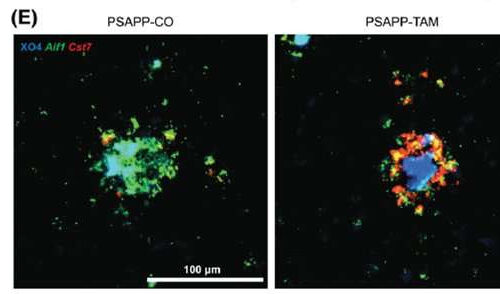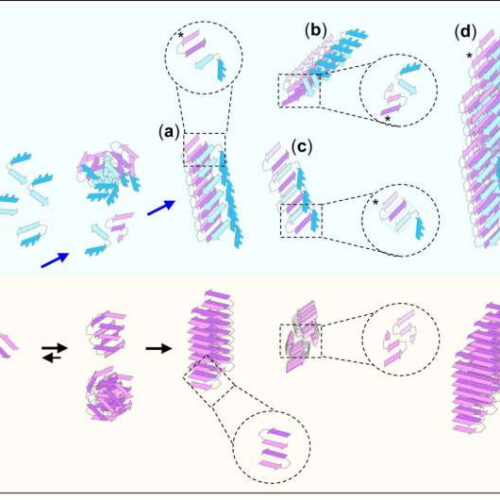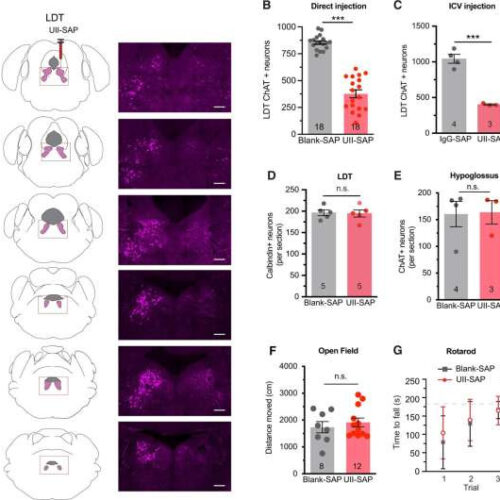by Wiley Credit: CC0 Public Domain New research published in the Journal of the American Geriatrics Society indicates that social isolation is common among older U.S. adults, and it increases their likelihood of developing dementia. Among 5,022 participants of the National Health and Aging Trends Study, a longitudinal and nationally representative study of older adults in the United States,...
Category: <span>Alzheimer’s</span>
New study challenges previous ideas regarding Alzheimer’s disease
by Beth Newcomb, University of Southern California Credit: Pixabay/CC0 Public Domain A new USC Leonard Davis School of Gerontology study challenges existing ideas of how buildup of a protein called amyloid beta (Aβ) in the brain is related to Alzheimer’s disease. While buildup of amyloid protein has been associated with Alzheimer’s-related neurodegeneration, little is known about how the protein...
‘Single-cell profiling’ shows how disease affects brain cell types and identifies potentially targetable pathways
by Massachusetts Institute of Technology A figure from the paper depicts pathways perturbed in Alzheimer’s disease. Examples are listed for each pathway by major brain cell type. Credit: Tsai Lab/MIT Picower Institute After decades of fundamental scientific and drug discovery research, Alzheimer’s disease has remained inscrutable and incurable, with a bare minimum of therapeutic progress. But...
Why do some people get Alzheimer’s and others don’t? How a new tool checks your risk
by Michelle Marchante, Miami Herald Credit: Pixabay/CC0 Public Domain Why do some people develop Alzheimer’s disease and others don’t? What makes one person’s brain healthier than another’s? And what can be done to improve, or at least slow, a brain’s deterioration? Researchers at the University of Miami Miller School of Medicine have developed a new...
Researchers develop blood test that can reliably detect Alzheimer’s disease
The test could replace the need for lumbar punctures and brain scans. TEK IMAGE/SCIENCE PHOTO LIBRARY via Getty Images When doctors need to confirm an Alzheimer’s diagnosis, they often turn to a combination of brain imaging and cell analysis. Both have their downsides. The latter involves a lumbar puncture, an invasive and painful procedure that’s...
Discovery could explain why women are more likely to get Alzheimer’s
by The Scripps Research Institute In postmenopausal women, depletion of estrogen causes excessive elevation of nitric oxide (NO) in the brain and thus generates S-nitrosylated complement factor C3 (SNO-C3). SNO-C3 triggers activated microglial cells, the innate immune cells in the brain, to phagocytose (or ‘eat’) neuronal synapses—the connections that mediate signaling between nerve cells in...
Optimal blood tests for development of new therapies of Alzheimer’s disease
UNIVERSITY OF GOTHENBURG IMAGE: NICHOLAS ASHTON, KAJ BLENNOW AND OSKAR HANSSON. CREDIT: PHOTO: UNIVERSITY OF GOTHENBURG, LUND UNIVERSITY. A new study have identified which blood tests are best at detecting Alzheimer’s disease during the earliest stages, and another blood test that is optimal for detecting relevant treatment effects. These findings will speed up the development of new...
Researchers identify the role of an Alzheimer’s disease risk gene in the brain
by The Mount Sinai Hospital Cst7 (yellow) is a Plaque Induced Gene (PIG) and its expression is specific to plaques in the INPP5D knockdown mouse (right), vs an AD mouse with normal levels of INPP5D (left). Credit: Emilie Castranio, PhD, postdoctoral fellow at the Icahn School of Medicine at Mount Sinai and co-first author of...
Alzheimer’s disease and type 2 diabetes: Synthetic peptides may suppress formation of harmful amyloid aggregates
by Technical University Munich Proposed mechanism and hypothetical models of IAPP/ACM nanofiber co-assembly versus IAPP amyloid self-assembly. The lower part, IAPP self-assembly into toxic oligomers and amyloid fibrils. The upper part, in the presence of ACMs, IAPP monomers/prefibrillar species are redirected into initially amorphous and non-toxic hetero-assemblies, which convert into amyloid fibril-resembling but ThT-invisible and...
Link between sleep apnea and dementia, according to a study in mice
by University of Queensland Urotensin II-saporin induces specific lesions of cholinergic neurons at mesopontine tegmentum. A Diagrams and photomicrographs of coronal sections of the brainstem, the right column being immunostained for ChAT-positive neurons within the laterodorsal tegmental nucleus (LDT) following unilateral direct injection of UII-saporin (UII-SAP) into the right mesopontine tegmentum (MPT). Scale bar =...

